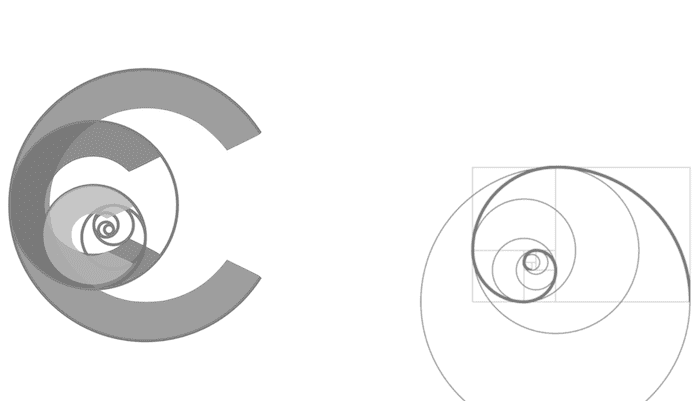Initial Trauma Assessment
OVERVIEW
ATLS approach:
- Identification of life threatening injuries (primary survey)
- Resuscitation
- Head to Toe assessment (secondary survey)
- Definitive Therapy (+/- transfer)
- Documentation of injuries post investigations (Tertiary survey)
- Further appropriate care
- if unable to resolve a problem don’t not leave issue until resolved.
- at any point if there is deterioration start at airway again.
PRIMARY SURVEY
Airway
- air must be able to pass to lungs
signs: obstruction can occur due to direct injury, oedema, foreign body or depressed LOC
-> establish airway
Breathing
- ability to ventilate and oxygenate
- signs: absence of breathing, asymmetrical or absent breath sounds, SOB, hyperresonance, dullness, chest wall instability (ATOMFC injuries)
-> chest drain
-> SpO2
Circulation
- signs: collapsed or distended neck veins, external haemorrhage (hypovolaemia, cardiac tamponade, external haemorrhage)
-> IV access -> blood tests, fluid resuscitation (crystalloids -> if unresponsive blood products, compression
-> ECG, NIBP
Disability
- decreased LOC, pupillary asymmetry, gross weakness
-> head or spinal cord injury
Exposure
- expose patient
- prevent hypothermia
Other investigations
- xrays: lateral c-spine, CXR, pelvis
- bloods: G+H, Hb, electrolytes, amylase
- N/G or O/G to decompress the stomach once intubated
- foley catheter (contraindicated if: blood at meatus, ecchymosis of scrotum or labium, high riding prostate -> retrograde urethrogram)
- FAST scan: free fluid
SECONDARY SURVEY
- head to toe examination
- if awake take AMPLE history
- exclude (FATAL TRAUMA):
- flail chest
- airway compromise
- tamponade
- air leaks
- lung contusion
- tracheal injury
- ruptured diaphragm
- aortic disruption
- unseen haemorrhage
- myocardial injury
- any neurological injury
Investigations
- laparotomy: haemodynamically unstable + positive FAST
- CT: head, neck, chest, abdo/pelvis (double contrast), aortogram
- angiography: suspected aortic injury, pelvic or retroperitoneal bleeding, organ specific embolisation
Special situations
- burns: first aid, early intubation in airway/inhalation injury, escharotomies
- hypothermia: warm IVF
- high voltage electricity: low threshold for measuring compartment pressures, myoglobinuria
References and Links
- Styner JK. The birth of advanced trauma life support. J Trauma Nurs. 2006 Apr-Jun;13(2):41-4. PMID: 16884131.

Critical Care
Compendium
Chris is an Intensivist and ECMO specialist at The Alfred ICU, where he is Deputy Director (Education). He is a Clinical Adjunct Associate Professor at Monash University, the Lead for the Clinician Educator Incubator programme, and a CICM First Part Examiner.
He is an internationally recognised Clinician Educator with a passion for helping clinicians learn and for improving the clinical performance of individuals and collectives. He was one of the founders of the FOAM movement (Free Open-Access Medical education) has been recognised for his contributions to education with awards from ANZICS, ANZAHPE, and ACEM.
His one great achievement is being the father of three amazing children.
On Bluesky, he is @precordialthump.bsky.social and on the site that Elon has screwed up, he is @precordialthump.
| INTENSIVE | RAGE | Resuscitology | SMACC
